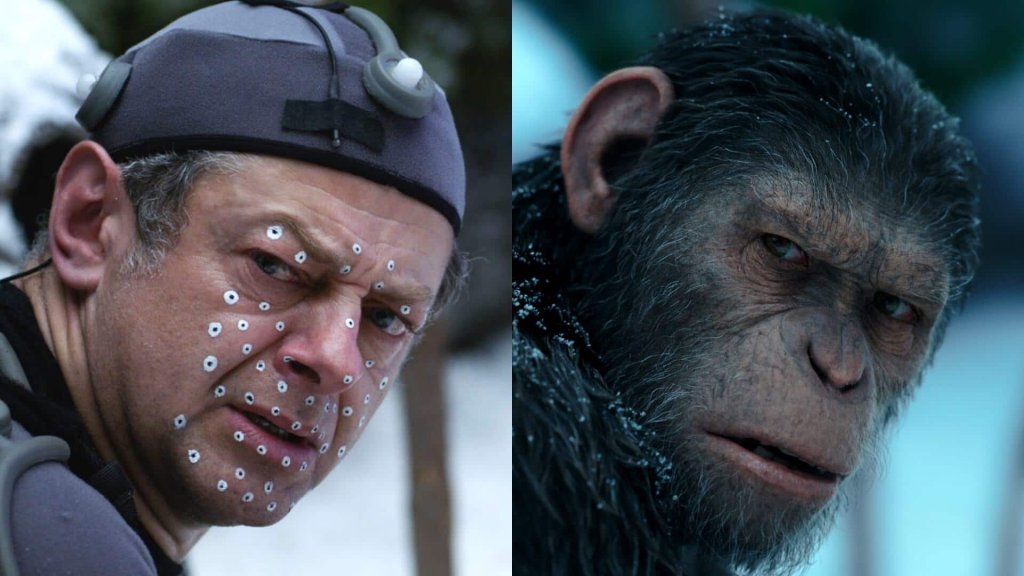
Short answer: A VFX artist designs and creates visual effects—such as fire, smoke, explosions, magic, weather, and particle systems—that make gameplay more immersive and dynamic.
Who is NOT a VFX Artist?
- A person who only creates static 3D models (that’s a 3D Modeler) is not a VFX Artist.
- A person who only textures characters or props (that’s a Texture Artist) is not a VFX Artist.
- A person who only animates character movement (that’s an Animator) is not a VFX Artist.
- A person who only sets lighting and mood (that’s a Lighting Artist) is not a VFX Artist.
What does a VFX Artist do?
- Particle effects: sparks, dust, smoke, embers, rain, snow.
- Explosions & destruction: breaking walls, shattering glass, collapsing structures.
- Magical & sci-fi effects: spells, energy beams, portals, shields.
- Environmental effects: fog, wind, fire, water simulation.
- Shaders & materials: custom effects through node-based shader graphs.
- Optimization: design efficient effects for real-time performance.
- Collaboration: work with designers, animators, and technical artists.
Why it matters
VFX add drama, feedback, and spectacle. They signal impact in combat, guide the player’s attention, and make worlds feel alive and reactive.
Common misconceptions
- “VFX is just eye candy.” → It communicates gameplay feedback (hit effects, danger zones).
- “It’s all pre-rendered.” → In games, VFX must run real-time and optimized.
- “Any artist can do it.” → Requires technical + artistic skills in shaders, particles, and physics.
Core skills & tools
- Engines: Unreal Niagara, Unity VFX Graph, proprietary tools.
- 3D software: Houdini, Blender, Maya.
- Shader tools: Unreal Material Editor, Substance Designer.
- Knowledge: physics, motion, timing, stylization.
- Optimization: GPU particles, LODs, texture atlases.
Practical frameworks
- Timing & scale: exaggerate or compress effects for impact.
- Anticipation → Impact → Dissipation: every effect should tell a mini-story.
- Color coding: blue = shield, red = danger, green = healing.
- Stylization vs. realism: match VFX to game’s art style.
Portfolio tips
- Create a short demo reel (1–2 min) with clear breakdowns.
- Show gameplay-relevant effects (hit sparks, ability VFX, environmental).
- Include before/after comparisons in engine.
- Highlight real-time optimization (wireframes, particle counts).
Quick example
Think League of Legends: distinct spell effects communicate clarity in chaotic fights.
Or Destiny 2: cinematic particle effects and explosions that reinforce sci-fi combat.
Author: Pouria Mojdeh
References:
- Bill Byrne – Game Animation: Using Motion Graphics to Create Real-Time Game Effects (CRC Press, 2012)
- Jason Bay – Practical Real-Time VFX for Games (workshops, CGMA/online)
- Andreas Brinck – Real-Time VFX: Game Effects Using Houdini & UE (online lectures/resources)
- Jesse Schell – The Art of Game Design: A Book of Lenses (CRC Press, 2019)
- Game Developer (formerly Gamasutra) – www.gamedeveloper.com
